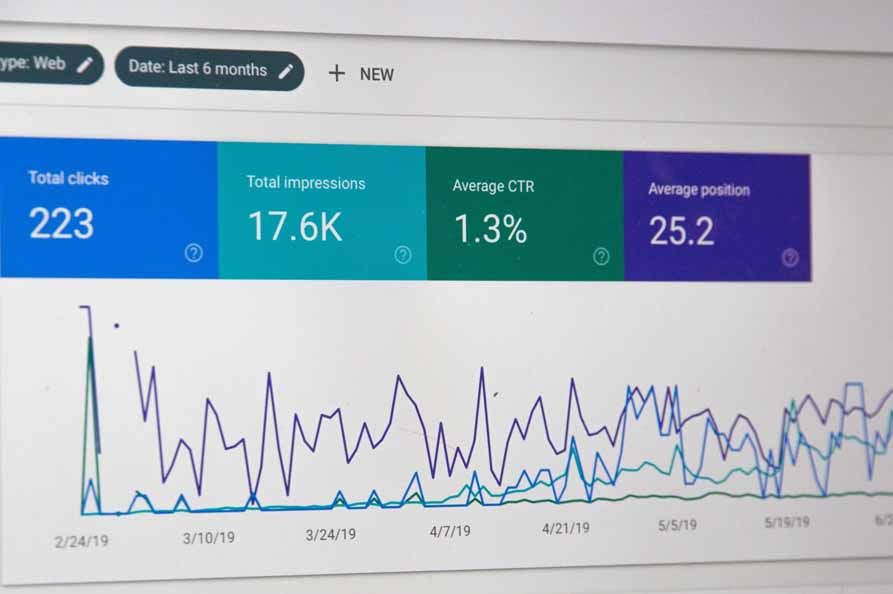In today’s digital world, having an e-commerce website is essential for any business looking to expand its reach and increase its revenue. However, simply having an online store is insufficient to attract customers and drive sales. To truly succeed in the e-commerce space, it’s essential to optimize your website for search engines using Search Engine Optimization (SEO) techniques. In this ultimate guide to SEO for e-commerce websites, we’ll cover everything you need to know to improve your website’s ranking and visibility in search engine results pages (SERPs).
1. Conduct Keyword Research
The first step in any SEO strategy is conducting keyword research. This involves identifying the keywords and phrases that your target audience is searching for when looking for products or services that your e-commerce store offers. Use tools like Google Keyword Planner, Ahrefs, or SEMrush to research and select relevant and high-volume keywords. Incorporate these keywords into your website’s metadata, including titles, descriptions, and alt tags for images, to improve your website’s ranking in search results.
2. Optimize Your Website’s Structure and Navigation
Your website’s structure and navigation play a significant role in both user experience and SEO. A well-organized and easy-to-navigate website will not only improve user engagement but also help search engines understand your website’s content better. To optimize your website’s structure, create a clear hierarchy and use breadcrumbs, internal linking, and sitemaps to help search engines crawl your website’s pages.
3. Create High-Quality Content
Content is king when it comes to SEO, and e-commerce websites are no exception. High-quality, informative, and engaging content can help you rank higher in search results and drive traffic to your website. Use keyword-rich product descriptions, blog posts, and other types of content to provide value to your audience and increase your website’s authority and relevance.
4. Optimize Your Product Pages
Optimizing your product pages is critical for e-commerce websites. Start by creating unique and detailed product descriptions that incorporate your target keywords naturally. Use high-quality images and videos to showcase your products and add user-generated content like reviews to improve your website’s credibility and authority.
5. Build High-Quality Backlinks
Backlinks from other high-quality websites can significantly improve your website’s ranking in search results. However, it’s essential to build backlinks naturally and avoid spammy or low-quality links that can hurt your website’s ranking. Reach out to influencers and other websites in your niche to request backlinks or guest posting opportunities.
6. Use Schema Markup
Schema markup is a type of structured data that helps search engines understand the content on your website better. By adding schema markup to your product pages, you can provide search engines with more detailed information about your products, including prices, availability, and reviews, which can improve your website’s visibility in search results.
7. Monitor and Analyze Your Website’s Performance
Regularly monitoring and analyzing your website’s performance is critical to maintaining and improving your SEO strategy. Use tools like Google Analytics and Google Search Console to track your website’s traffic, ranking, and other key metrics. Use this data to identify areas for improvement and make informed decisions about your SEO strategy.
Conclusion
SEO is essential for the success of any e-commerce website. By following the tips outlined in this ultimate guide, you can improve your website’s ranking, visibility, and traffic, driving more sales and revenue for your business. Remember to focus on creating high-quality content, optimizing your product pages, building high-quality backlinks, and monitoring your website’s performance regularly. By partnering with the best e-commerce logo design, you can also ensure that your website has a professional and visually appealing design that attracts and engages your target audience.


1 thought on “The Ultimate Guide to SEO for E-commerce Websites”
Comments are closed.